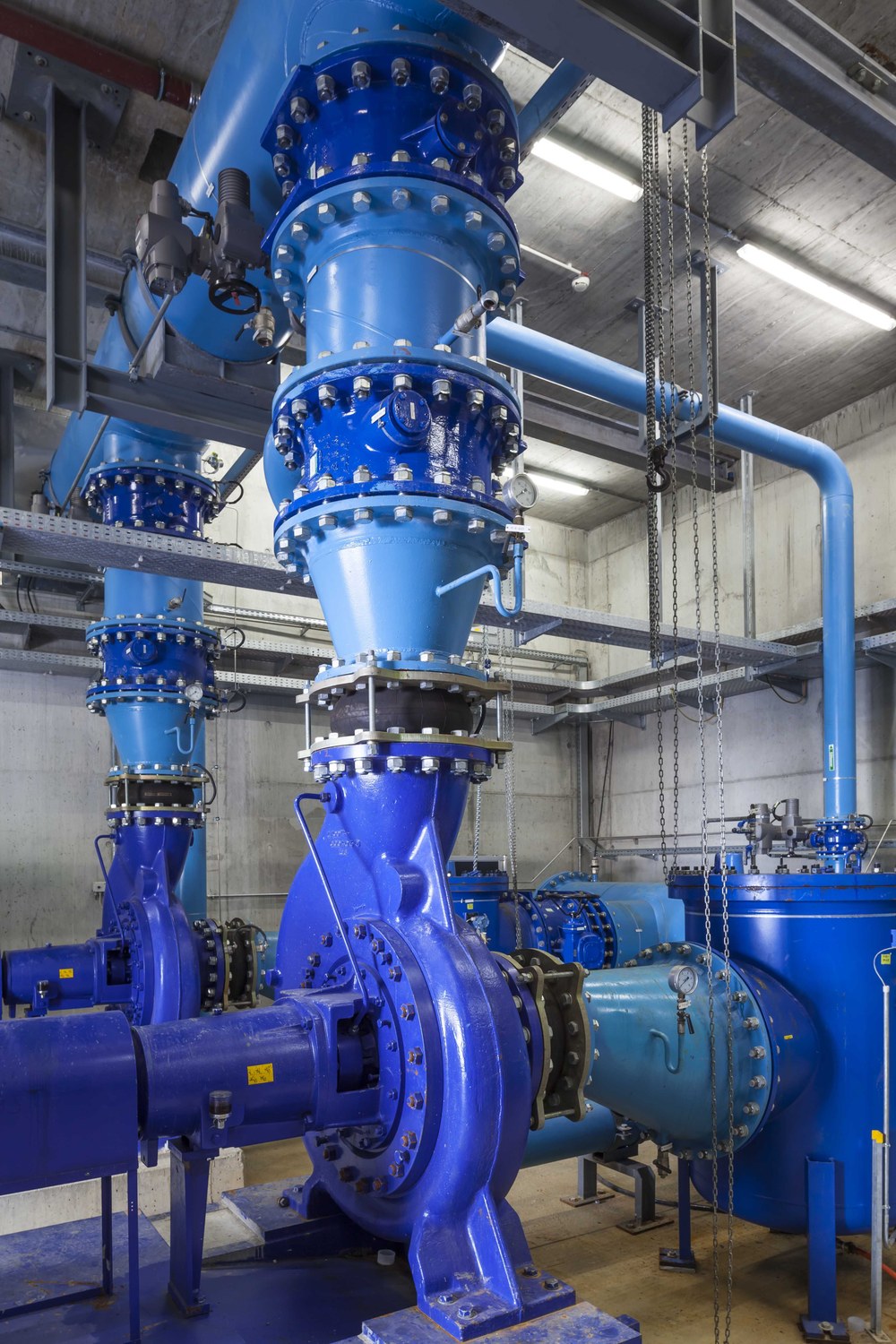Steam generators

When Germany was awarded the contract for the 3rd stage of the Europa rocket in 1963, appropriate test stands were needed. Altitude simulation is developed in Lampoldshausen – for testing the main and control engines under vacuum conditions. At the heart of the test stands are steam generators. They use large quantities of "fast steam" to drive jet pumps – so-called ejectors – which extract the engine exhaust gases. The first steam generators are created from the flight combustion chamber of the Pilz rocket – ideal in two respects: firstly, the rocket engine guarantees extreme energy density, and secondly, the Lampoldshausen site is very familiar with this.
The P1.1 test stand was set up in 1994 for testing prototypes of a 4.5 kg/s rocket steam generator. Steam generators of this class can be tested in two operating states: The test of the combustion chamber with free exhaust gas jet and the test as a steam generator with installed water injection, steam output and ejector nozzle.
The steam generator building at test stand P4 was built in 2000. The steam required to operate the vacuum system is provided by a total of five rocket steam generators developed at the DLR site in Lampoldshausen, which are operated with alcohol and liquid oxygen. Four steam generators are in use, each with a capacity of 55 kg/s and one unit with 16 kg/s. The steam is used to power the ejectors. This steam is used to supply the ejector systems of P4.1 and P4.2. The large steam generators are supplied with the help of fuel pumps. The steam leaves the steam generators at a pressure of 22 bar and a temperature of 210 degrees Celsius. The small steam generator has tanks that are also filled with alcohol and liquid oxygen. They are only pressurized with nitrogen, as there are no pumps for fuel delivery.
